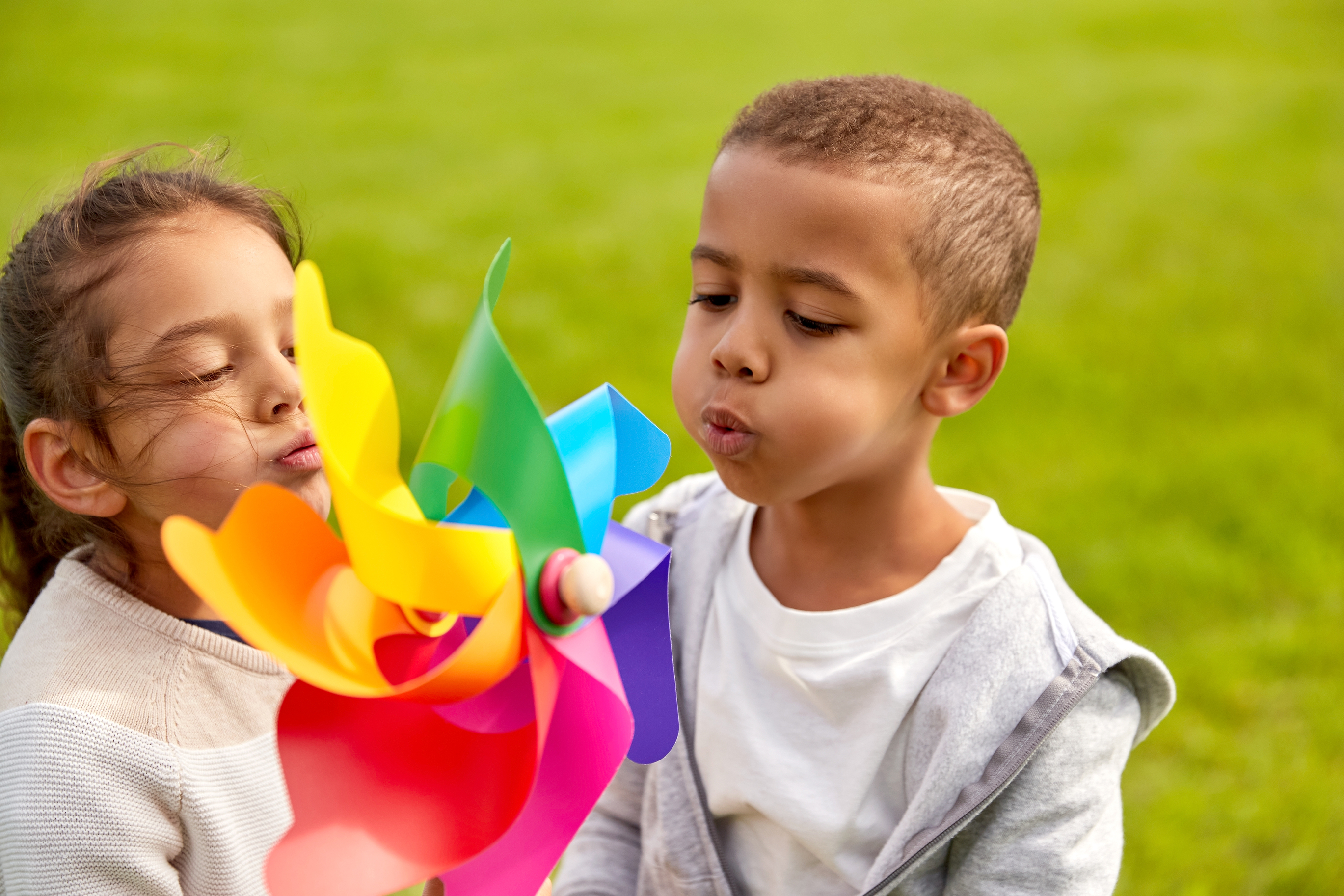
All Gulf Coast residents are familiar with fog, dense fog. They are also familiar with smog seen on the horizon causing a colorful haze which frequently makes the sunsets more beautiful. While it appears that the smog is far away on the horizon it is no denser there than where you are standing. The word smog was coined in the early 1900’s and is a blending of smoke and fog. Dense smog can be opaque, smelly and dangerous.
In 1952, not so long ago historically, the Great Smog of London occurred. Dense, yellow pea-soupers are part of London’s history causing problems as early as the 13th century due to the burning of coal. Due to a combination of emissions from factories and home heating and a high pressure weather system, the emissions could not escape to the atmosphere. It was so dense that people could not see their feet and transportation was severely restricted. This lasted for 5 days and 8,000 to 12,000 people died.
Thanks to the Clean Air Act in Britain these conditions are much improved but air pollution remains a serious problem contributing to climate change and causing special risks to children. Children are at risk because their lungs are still growing and they are very active and breathe in a great deal of air. Lungs and their air sacs aren’t fully grown until they are adults.
The American Lung Association describes their risks. Eighty percent of their air sacs (alveoli) develop after birth. Studies have found that air pollution is linked to children while still in the womb. In California they found that higher particle pollution increased the risk of preterm births. Other studies show that children that grew up in more polluted areas have increased risk of having reduce lung growth which may never be recovered. The average drop in lung function is similar to the impact of growing up in a home with parents who smoke.
Bisphenol A (BPA) is one of the chemicals (co-pollutant) used in the manufacture of plastics that line food cans, reusable bottles and toys. It can be found in maternal milk and in their urine. Studies have shown a link in girls between the concentration of BPA in maternal urine during pregnancy and an increased risk of asthma and wheezing at school age. This was not seen in boys or with other bisphenols. Researcher Alicia Abellan states that bisphenols can cross the placental barrier and interfere with the child’s respiratory and immune systems.
Scientist followed 500 Yale University students and determined that living just four years in a region with high levels of ozone and related co-pollutants was associated in diminished lung function and frequent reports of respiratory symptoms. Common co-pollutants are ground level ozone, carbon monoxide, sulfur/nitrogen dioxides, lead and particle pollutants.
Studies in Southern California and Switzerland have shown that there is high evidence that children’s health is improved by reducing some of the most common air pollutants. We can make our air clearer and children healthier
by Sally Robinson, MD
Clinical Professor
Keeping Kids Healthy
Published 04/05/2022
References:
The American Lung Association, "Children and Air Pollution," Oct. 15, 2020
Also See:
UTMB Pediatrics - Pediatric Primary Care